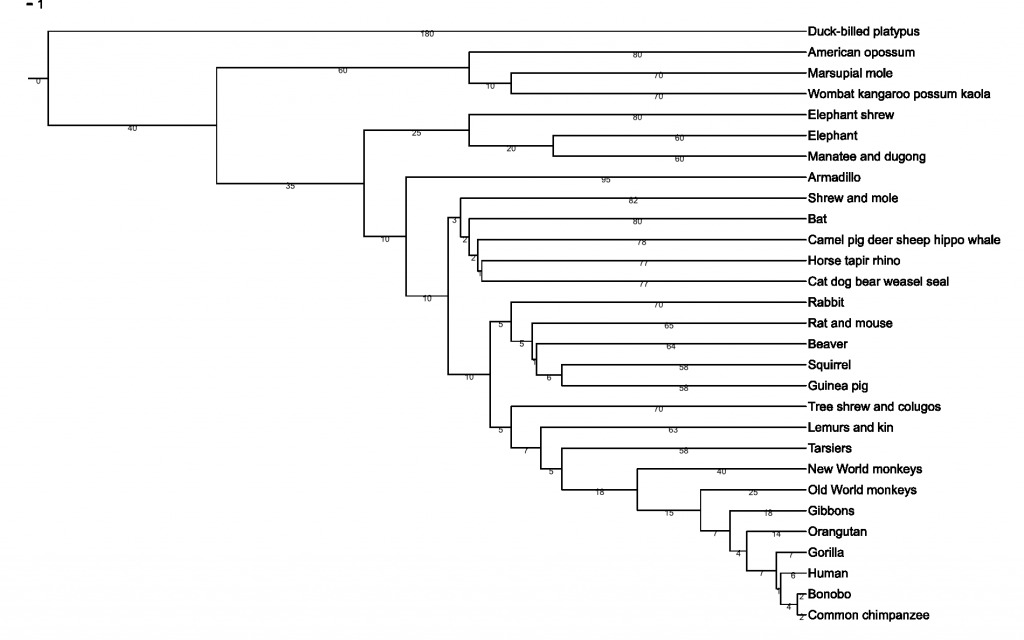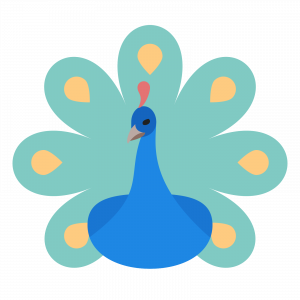Contents
Species & Taxonomy
Species
The definition of a species is if two organisms can produce fertile offspring. While some members of different species can reproduce to make offspring, the offspring are infertile and therefore classified as hybrids and not a species. For example, a lion and a tiger can reproduce to make a liger or a tion.
Two other factors that can also be considered are: firstly, do they have similar physical features, biochemistry, and DNA, but this alone cannot be used because individuals within a species do not have identical features, but also can have similar features to members of different species. Different species often look very similar, but this is because they have both evolved over time to have similar adaptations to their environment. Secondly, they must occupy the same ecological niche.
Binomial Naming System
The way species are named is universal. The reason for this is so that different names are not used in different countries, which could lead to errors in estimates of the number of individuals of different species. The name system used in the binomial system, where individuals are named after their genus and species, e.g., Homo sapiens and humans. Individuals can be classified according to their physical and biochemical similarities.
The Linnaeus classification system is a hierarchical system that is made up of the following taxa:
- Domain
- Kingdom
- Phylum
- Class
- Order
- Family
- Genus
- Species
This hierarchical system uses smaller groups placed within larger groups, but there are no overlaps between each group. Each level is known as a taxon (taxa plural). There are millions of species (that we know about) and we need a system to organize them. The reason for this is to aid us in understanding relationships between organisms and keep track of changes. For this reason, the system is universal.
Below is an example using the human classification:
- Domain = Eukaryote
- Kingdom = Animalia
- Phylum = Chordata
- Class = Mammalia
- Order = Primates
- Family = Hominidae
- Genus = Homo
- Species = sapiens
Individuals can also be classified using the phylogenetic system. This is when species are grouped according to their evolutionary origins and relationships. Phylogeny is the study of the evolutionary origins of groups of organisms. It is a way to determine how closely related species are. All organisms have evolved from shared common ancestors (relatives).
This is shown on a phylogenetic tree, see below. Each branch in the phylogenetic tree indicates a common ancestor the species evolved from.
The accuracy of classification and phylogenetic trees is improving due to advances in immunology and genome sequencing.
The DNA base sequence of organisms for particular genes can be compared as a measure of how closely related organisms are. This is because the more closely related the species, the higher the degree of similarity in the base sequences. Distantly related organisms usually show fewer similarities. This is because mutations accumulate over time.
The sequence of amino acids in the polypeptide chain of proteins can also be compared because this sequence is determined by DNA. The degree of similarity between the amino acid sequence of the same protein in 2 species will show how closely related they are. The common protein that is compared between species is cytochrome C, which is found in the mitochondria because most species have this protein.
Courtship Behaviour
Courtship behavior is the term given to the different behaviors that animals demonstrate to attract a mate. Each species demonstrates its unique behavior, and this is essential for successful mating.
Because the behavior is unique to a particular species and sex of the species, the behavior enables animals to recognize members of their species and the opposite sex.
Animals will only display the courtship behaviors when they are sexually mature and fertile. Therefore, this helps synchronize mating behavior so that the animals are more likely to mate when the female is releasing eggs.
Courtship behavior can also result in increased survival of the offspring. This is because the ritual will help form a pair bond between the parents, so they may be more likely to stay together and raise the offspring as a team. It also allows females to select a strong and healthy mate to reproduce with and therefore ensures more successful alleles are passed on.
Courtship behaviors can range from a particular sequence of dance moves, certain sounds, release of pheromones, or displays of feathers.
- What is meant by a hierarchy?
- Your answer should include: smaller / larger / group / no / overlap
- What is the human's binomial name?
- Your answer should include: Homo / sapien
- What is classification useful?
- Your answer should include: Organize / organisms
- Why is it important that the binomial system is universal?
- Your answer should include: share / data



